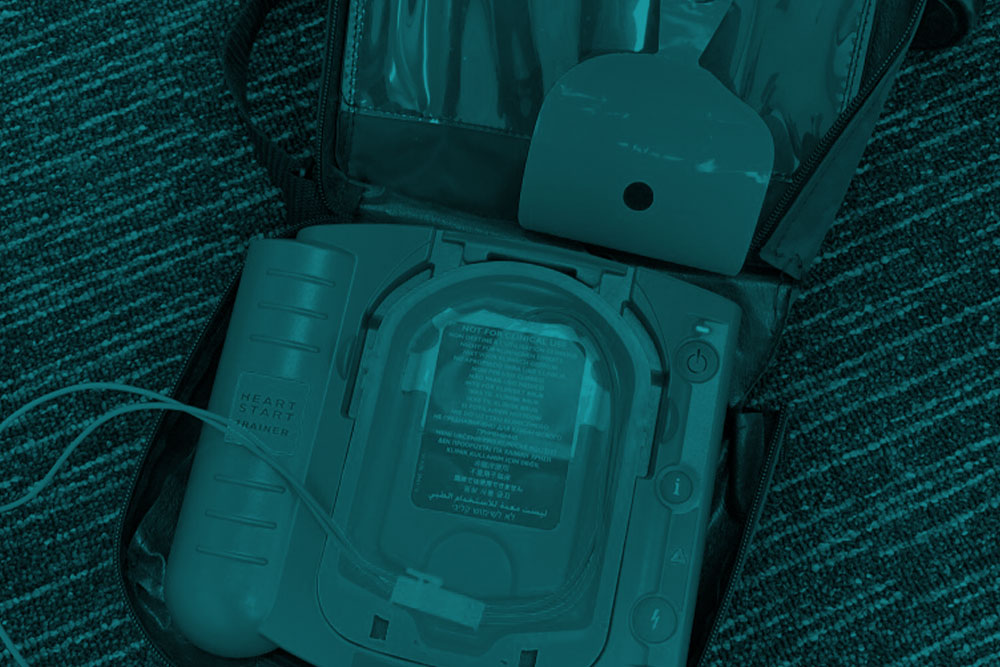
With bystander AED usage being critical for prehospital cardiac arrest patient outcomes, it is important to analyze if the gender and location disparities found in bystander CPR rates also exist for bystander AED usage. Using the National Emergency Medical Services Information System (NEMSIS) database, 1,144,969 bystander AED cases were analyzed on the basis of gender and location and measured using relative risk (RR). Using female patients as a baseline, the RR for bystander AED usage for male patients was 1.34 (95% CI [1.3310, 1.3557], p < 0.001) indicating male patients are 34% more likely to receive bystander AED usage compared to female patients. Analyzing bystander AED showed a sharp decline in the chance of bystander AED usage in rural and frontier areas.
Conclusions: Female patients are less likely to receive bystander AED usage compared to male patients and improvements in rural and frontier AED availability and training are necessary to increase bystander AED usage rates in those regions.
https://www.sciencedirect.com/science/article/abs/pii/S0300957220305566






